CES Rewind: A Look At 20 Hot Products From CES 2017
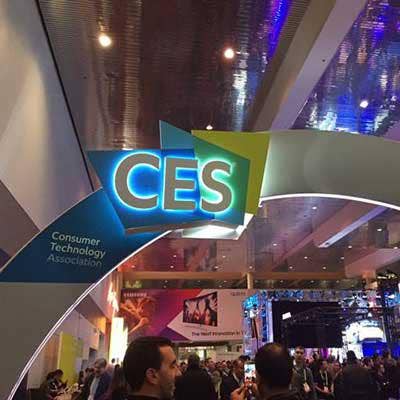
CES Rewind
With CES 2018 set to kick off next month in Las Vegas, we wanted to check back into some of the hottest products we covered at the massive CES 2017 show. After all the hype, how did things turn out for some of the major products showcased at CES 2017? We've rounded up 20 products in categories such as smart home, robotics, and PC to get a sense for what sort of mark they ended up making in the real world this year.
What follows is our look at 20 hot products from CES 2017.
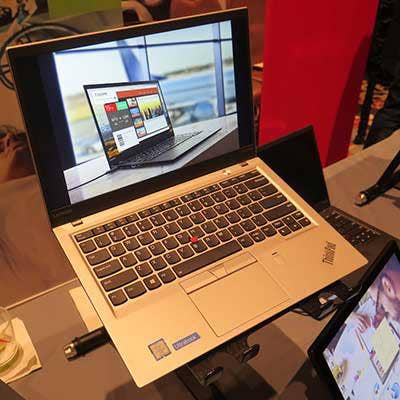
Lenovo ThinkPad X1 Carbon
Lenovo unveiled its fifth-generation X1 Carbon at CES 2017, and the laptop would go on to generate much interest during the year (including garnering a CRN Product of the Year win for best laptop, as chosen by solution providers). In our tryout, we found the fifth-gen X1 Carbon to be a pleasure to use. One big upgrade: the bezel around the display is almost non-existent, which means this is a 14-inch laptop display on roughly the size of a typical 13-inch laptop. Lenovo also made the new X1 Carbon 6 percent lighter than the previous model, at 2.5 pounds. That makes it one of the lightest business laptops we've tried out, and it's also pretty thin at 0.63 of an inch thick. Our tryout model included a seventh-gen Intel Core i5 processor and 8GB of RAM, and we were impressed with the speed of the laptop even though it didn't use the top-level processor. Additionally, we were thrilled to get 8.5 hours of battery life on a charge.
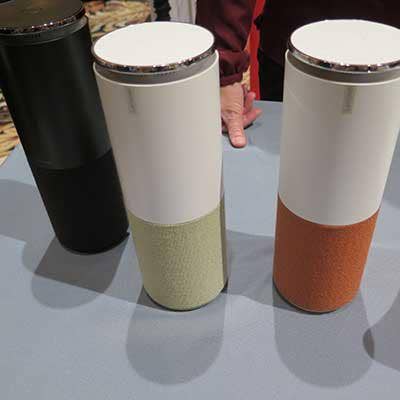
Lenovo Smart Assistant
At CES 2017, Lenovo was an early mover in terms of launching a smart speaker powered by Amazon's Alexa virtual assistant. The cylinder speaker, which comes in an array of colors, is similar to the Amazon Echo speakers in providing voice control for a variety of functions and skills (such as serving up news and weather, to playing music, to answering questions). However, 2017 would turn out to be a very competitive year in the smart speaker category -- and the Lenovo Smart Assistant ended up taking a backseat to Amazon's refresh of its Echo lineup, new Google Home devices, and other smart speakers such as the Sonos One (which also uses Alexa). Still, Lenovo followed up in August with an Echo Show competitor dubbed the Lenovo Home Assistant, which combines a smart speaker with a dock for a Tab 4 tablet.
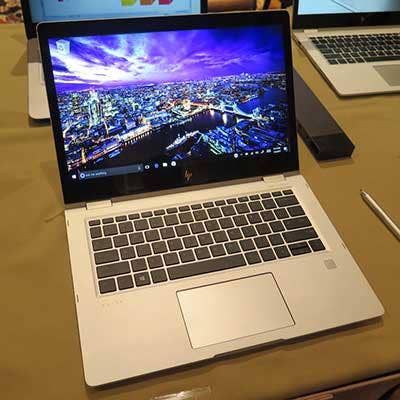
HP EliteBook x360 1030 G2
We got our hands on HP's EliteBook x360 1030 G2 a few months after it was unveiled at CES 2017, and the convertible laptop lived up to the CES hype. It stood out as one of our favorite premium business laptops of the year, with its combination of killer performance, portability, and design flair. The laptop is just about as thin as you can get -- 0.59 of an inch thick -- while still having a range of work-friendly ports, and the weight is a manageable 2.86 pounds. The battery life is terrific, and the EliteBook x360 features a slick-looking aluminum body. The touchpad is also just as good as that of a Mac touchpad (a rare feat for a Windows machine). Additionally, the traction for the laptop led HP to follow up with a smaller version, the 12.5-inch EliteBook x360 1020 G2, in the latter part of the year.
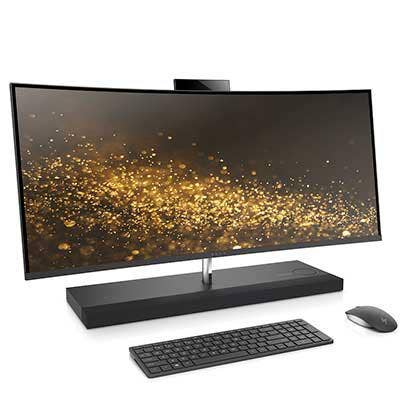
HP Envy Curved All-In-One (2017)
HP brought out some advancements with the Envy Curved AIO PC at CES 2017, including a smaller bezel on the sides and top of the display and a thinner display overall. The base of the PC includes the motherboard, hardware, speakers and ports for the computer, and the speakers feature "directional audio" so that users can experience a cleaner and louder sound. The display itself is WQHD (3,440 x 1,440 resolution) and is adjustable. PCs such as the Envy Curved AIO helped HP to drive major growth in its personal systems business in fiscal 2017, particularly in the fourth quarter, when revenue grew 13.2 percent year-over-year. HP also followed up the Envy Curved AIO with a curved-display PC in its Elite business lineup, the 34-inch curved EliteOne 1000, later in the year.
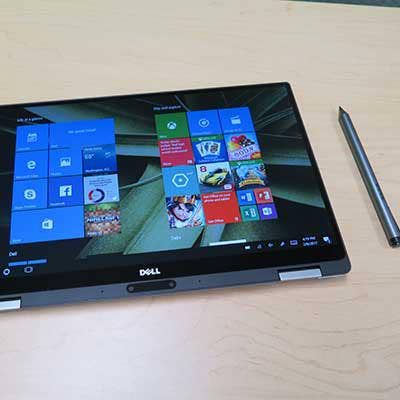
Dell XPS 13 2-in-1
CES 2017 marked the first time Dell released a 2-in-1 edition of the popular XPS 13. In our tryout of the laptop, we found that the XPS 13 2-in-1 deserves a look -- even in the increasingly crowded convertibles field -- in large part because of the similarities with the original. One biggie was the nearly bezel-free 13.3-inch display, which has been borrowed from the standard XPS 13. The 2-in-1 version also features the same machined aluminum exterior and carbon fiber palm rest as the original. Notably, Dell has favored low-power processors with the 2-in-1 laptop -- the seventh-gen Y-series Intel Core processors (formerly known as Core M), which don't require a fan and aim to aid with battery life. The processors don't have quite as much speed, though, and the performance in our tryout was a bit behind that of the standard XPS 13. The 2-in-1 version has other advantages, though, such as thickness of just 0.54 of an inch -- putting it up there with the thinnest laptops on the market.

Dell Latitude 7285 2-in-1
At CES 2017, Dell unveiled the first laptop that could charge wirelessly with the Latitude 7285 2-in-1. Debuted for sale in mid-July, the Latitude 7285 can charge up using magnetic resonance technology from WiTricity; the wireless charging mat has been sold separately for $200. While touting the wireless-charging capabilities during CES, Dell has not emphasized the feature as much on its own webpage for the Latitude 7285 2-in-1 -- suggesting that it's not yet seen as a key feature demanded by users. That could start to change soon as wireless charging becomes more mainstream, though -- thanks to the debut of devices this year such as the iPhone X and iPhone 8, which can charge without wires.
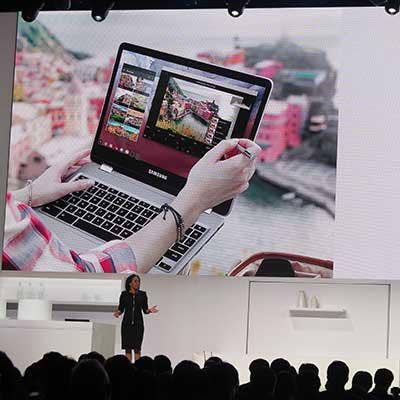
Samsung Chromebook Plus / Chromebook Pro
Unveiled at CES 2017, the difference between the two models is mostly around horsepower: the Chromebook Pro features a more powerful processor, the Intel Core m3, while the Chromebook Plus is powered by an ARM processor. The biggest differentiator is that the two Chromebook models were designed, in partnership with Google, to work with Android apps in addition to supporting web browsing. While we weren't provided with review units for the Samsung Chromebook Plus or Pro, other reviews suggested that the Android app capabilities still have room for improvement. Weak battery life was another concern pointed out in some reviews, though the bright 12.3-inch QHD touch display has been seen as a high point.
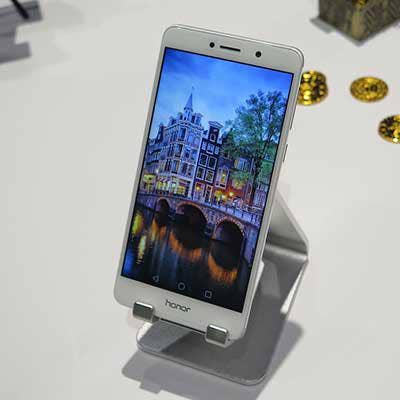
Huawei Honor 6X
One of Huawei's biggest launches at CES 2017 was the Honor 6X smartphone, which the Chinese company pitched as a device with major advantages over Apple's iPhones -- such as stronger battery life and a far lower price (starting at $249.99). Did anyone notice? In the U.S., not really. Huawei continues to see anemic market-share growth in the U.S. smartphone market even as its global market share surges. Simply put, a lack of partnerships with major U.S. carriers has held back the growth with American consumers. However, rumors suggest that the announcement of an AT&T deal for Huawei may be coming at CES 2018 -- and a deal with Verizon may be in the works, as well.
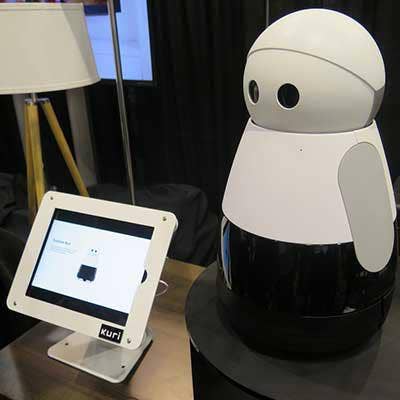
Kuri
Without a doubt, one of the cutest robots at CES 2017 was Kuri -- touted as a robot for the home that's part assistant, part pet. Kuri can be voice-controlled, but the robot communicates only in a robot language of beeps and bloops, along with facial expressions and head movements. Kuri responds affectionately to being petted, for instance. The robot is on wheels and can map its surroundings, and one use case is asking Kuri to investigate what's going on in another room of the house. While Kuri was initially expected to ship for the 2017 holiday season, the latest update from Kuri developer Mayfield Robotics (in mid-December) was that the robot is expected to start shipping to pre-order customers "very soon." So it remains to be seen how well Kuri will be received in the real world.
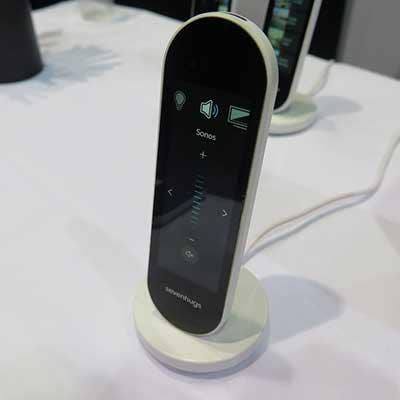
Smart Remote
Among the coolest products showcased at CES 2017 was the Smart Remote from San Francisco-based Sevenhugs. The Smart Remote allows users to control all of their connected devices with a single remote, just by pointing in the direction of the device. That includes Wi-Fi, Bluetooth, and infrared devices, which are mapped out using sensors placed in the home. The sensors tell the remote which device the user is pointing at, and the interface on the remote changes automatically; that means a user can adjust the volume on their music when pointing at their speakers, or change the channel when pointing at their TV. During CES 2017, Sevenhugs had forecast that the Smart Remote would start shipping to pre-order customers in September 2017. However, a post in early December from the company indicated that reliability testing has just been completed -- and that Smart Remote is now slated to begin shipping in March 2018.
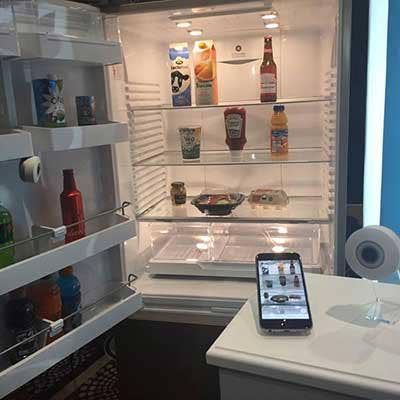
Smarter's FridgeCam
CES 2017 attendees saw an array of connected products for the smart home - and Smarter’s FridgeCam was one of these devices. This small camera is placed in the refrigerator and detects which items are in stock, what they are, and their expiration date through a companion app that users can check while at the store. FridgeCam offers suggestions on how you can use your groceries before they go bad, and shows any nearby grocery store locations. FridgeCam is currently available for $132.
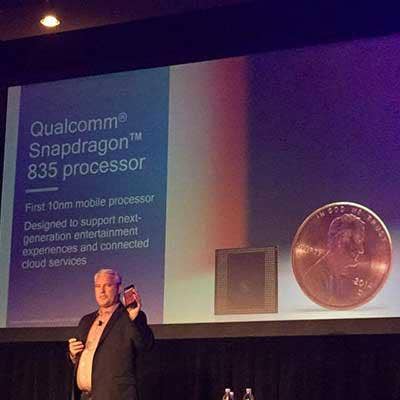
Qualcomm Snapdragon 835
Qualcomm launched its mobile Snapdragon processor at CES 2017, targeted for virtual reality experiences with next-generation 10-nanometer technology. Qualcomm said the Snapdragon 835 features faster 3D graphics and 60 times more colors - so it can power next-generation virtual reality headsets. Today, an array of devices come loaded with the Snapdragon 835 - including the LG V30, Samsung Galaxy Note 8 and the Google PIxel 2.
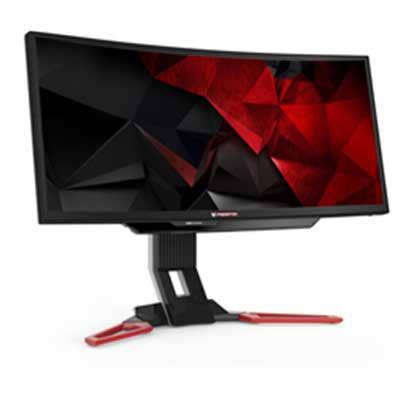
Acer Predator Z301CT
Acer took the wraps off its newest Predator gaming display, the Z301CT, during last year's CES. This display touts two cool features – a curved monitor for gamers and built-in Tobii eye tracking. The eye tracking feature, which according to Acer is supported in over 45 games, will enable game graphics to adjust based on where the player looks. The 2560 x 1080 pixel display features Nvidia G-Sync – new display technology that minimizes input lag – as well as two 3-watt speakers with DTS sound. The Z301CT is currently available, starting at $899.99.
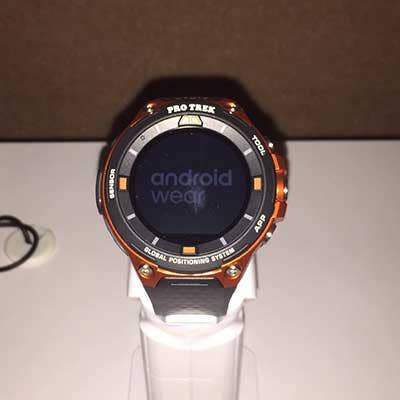
Casio WSD-F20 Smartwatch
Casio revealed its newest rugged watch, the Casio WSD-F20, at last year's CES. This smartwatch comes with Android Wear 2.0 and a range of built-in activity trackers. Like many of Casio's smartwatches, it is also built for outdoor enthusiasts with a MIL-STD-801G rating for protection and waterproof capabilities of up to 50 meters; this gadget can survive both rocks and rain. The WSD-F20 also contains a low-power GPS sensor, as well as support for color maps, and can operate both online and offline. Casio's new watch is currently on the market starting at $500.
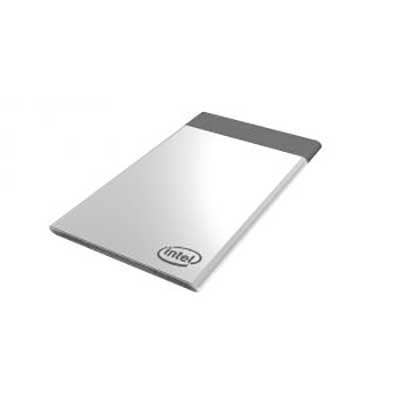
Intel Compute Card
Intel in January lifted the curtain on its Compute Card, a small form factor the size of a credit card that the chip giant says will bring the power of connectivity to any product.
Intel hopes this 5mm-thick device, which comes packed with memory, storage, wireless connectivity and flexible I/O options, will help power the next generation of Intel-based IoT devices, encouraging businesses to more quickly embrace IoT applications. The Compute Card comes packed with either a seventh-gen Core i5 vPro, Core i3, Pentium or Celeron processor.
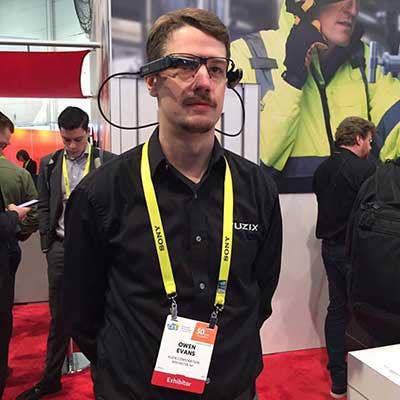
M3000 Smart Glasses
Augmented reality startup Vuzix showed off its M3000 smart glasses at last year's CES.
These smart glasses feature advanced waveguide optics, giving users hands-free mobile computing capabilities. The Android-based M3000 is ergonomically designed and rugged, and includes an Intel Atom processor, built-in memory and camera recording features. Employees in the industrial, medical and manufacturing markets can use the smart glasses to check information, collect data and improve existing workflows. The M3000 smart glasses are currently on the market for $1,499.
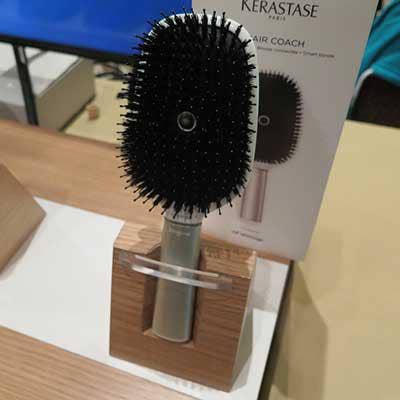
Hair Coach
L'Oreal made a splash at last year's CES with a connected beauty product – a smart hairbrush, the Kerastase Hair Coach. The Hair Coach is a brush equipped with sensors and technology powered by Nokia-owned Withings to measure the quality of hair and effects of different hair routines.
This special brush features a microphone to identify patterns in brushing, as well as an accelerometer and gyroscope. Users can look at a companion app to tell how often their hair is being brushed – and whether it has been brushed too much. Despite the hype, Hair Coach is not yet available for purchase, though it was stated the smart brush would be ready in the fall.
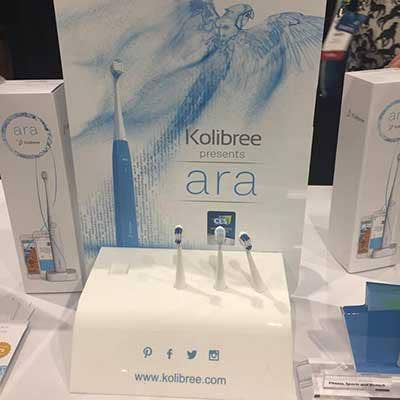
Kolibree Ara Smart Toothbrush
CES-goers saw the first toothbrush with artificial intelligence in 2017: Ara the Kolibree Smart Toothbrush. Dental product manufacturer Kolibree said that its smart toothbrush collects data about its user's brushing habits, even when it is not connected to its corresponding app. Ara provides users with feedback about their brushing techniques based on integrated artificial intelligence technology. When the toothbrush is not connected to its companion app, it continues to store and collect data – an ability that Kolibree claims is an industry first. Ara is currently on the market for $129.
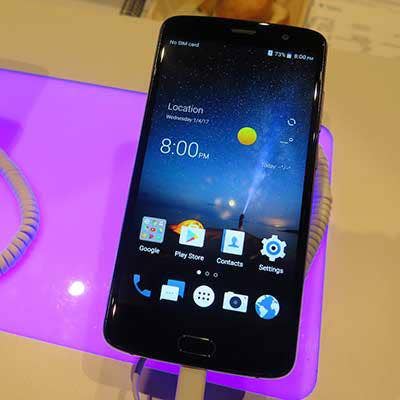
ZTE Blade V8
ZTE used CES 2017 to announce the Blade V8, a mid-range phone with some premium features including a 5.5-inch FHD display and dual 13MP rear cameras with dual-flash. The smartphone also includes Gorilla Glass 3 on the display, a Qualcomm Snapdragon 625 processor and a fingerprint recognition scanner. The ZTE Blade V8 is currently on the market and has a starting price of $229.98.
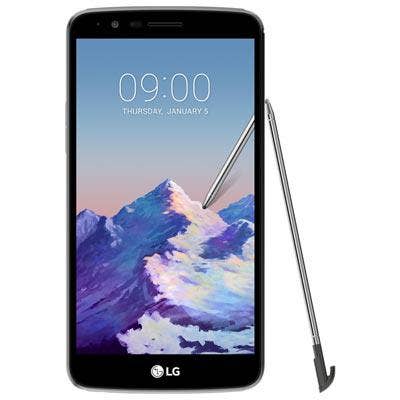
LG Stylus 3
LG announced the new Stylus 3 at CES 2017, which is aimed at users looking to take notes on their device. The third-generation digital pen – which is stored inside the device – features a new 1.8mm diameter fiber-tip, and the Pen Keeper function displays a warning on the phone when the stylus is a significant distance away. The Stylus 3 has a 5.7-inch HD display and a sizable 3,200mAh battery, while weighing just a third of a pound. The LG Stylus 3 is currently available starting at $149.